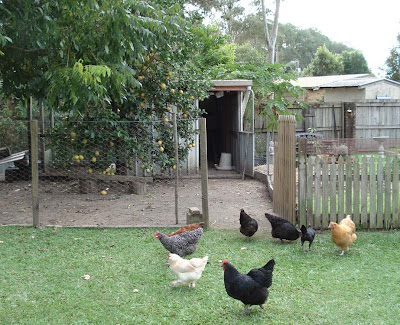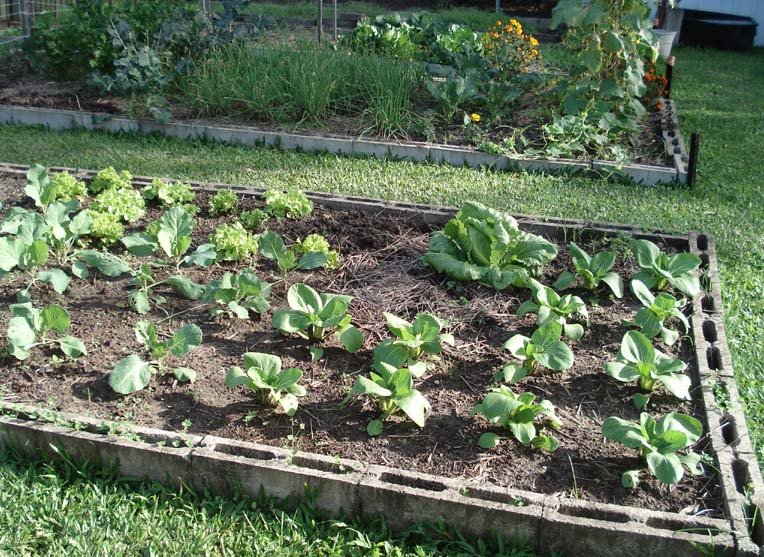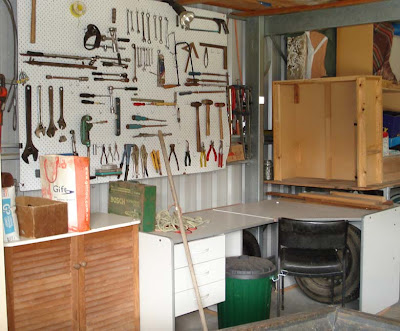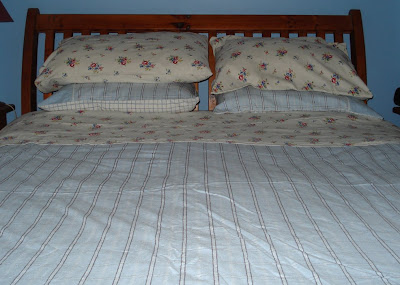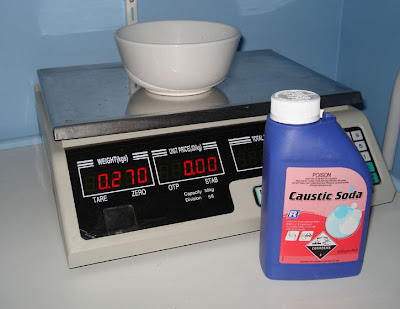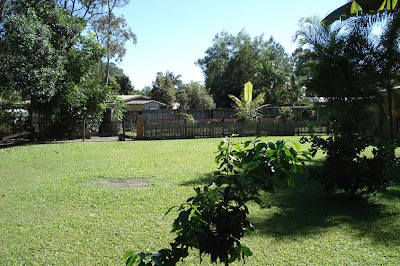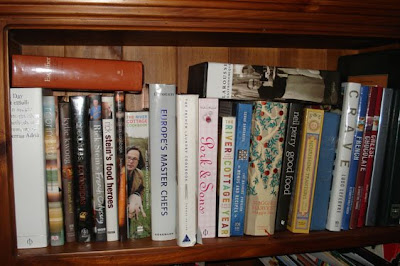Good morning everyone! It's a cool sunny morning here. I've just finished tending the animals and chooks and before I start on two loads of washing, I'm here to partner the gardening mentors with their novices. I have two novices I have no mentors for so if you are an experienced gardener in zones 8 or 9 in the USA or zones 3 - 4 in Australia, I'd love you to join us. I have two people very keen to pick your gardener's brain. Jules in Alabama and Sorcha in South Australia, I'll contact you as soon as I have your mentors.
The partners are:
Donetta (Arizona) will mentor The Singlutionary (Texas)
Cat (zone 7) will mentor Jaz (zone 5b)
Rois will mentor Allison (both zone 8)
Brown Thumb Mama (zone 9) will mentor Haus Frau (zone 8)
Cindy (Florida) will mentor Suburban Mom (Maryland)
Debbi (Pacific North West) will mentor Myrnie (zone 8 wet and cool)
Tracy (Tamworth) will mentor Stitching Mum
Stewart (Toowoomba will mentor Sorcha (Flinders Ranges, SA)
Would all the people listed above please comment here and exchange their email addresses. If I don't see that connection made by tomorrow, I'll try to link you up.
I also have a few answers from that post. Julia, I wrote about fungus-prone plants. Did you see it?
Donna, I apply potash when we plant a flowering plant - like pumpkin, tomatoes, cucumbers. After the first fruit appear, I apply again for a second crop. Apply according to the instructions on the package.
ithinkican, we have no problem with cats even though we have feral cats living along the creek bed. We make sure we lock the chooks in every night. They put themselves to bed when darkness is falling, all we do is lock the door behind them. I think cats don't bother the chooks because we have a dog and they can smell it. There are foxes here too but we don't see them. A dog, even a pet dog, earns it's keep by leaving its scent around to scare off smaller predators.
Norma, yes, mince is hamburger.
Jody, I use boiling water to get rid of ants. I pour it directly into the entrance to their next, if I can find it. Generally you can if you follow the ants for a while.
Donetta, diatomaceous earth must be food grade. Here is an info sheet for DE.
And lastly, I wanted to write something more about the search for perfection in the garden. No matter how hard you try, no matter how hard you work, when dealing with a natural process, you'll very rarely reach what you call perfection. You will get close to it constantly, you'll see it lurking behind the beans, but getting it to hold still, even for a minute, is difficult.
I believe the better way is to accept failure as part of the process. It's very difficult to learn, particularly if you're teaching yourself, if you expect perfection every time. Failure must be part of the process, failure will teach you the best lessons. Even though I'm still learning, I am confident that I can garden well enough now to do almost everything I want to do. The reason I am at that level is that I failed many times along the way. I took notice of my failures and I worked to put things right. So those of you who expect perfection, relax, just enjoy being out in the fresh air with your hands in the soil and when you fail, see it as part of the learning. Because I promise you this, if you let failure in and don't walk away when things aren't perfect, if you recognise where you went wrong and solve the problem, you will be rewarded. Your reward may not be perfect but it will be close to it. Perfection is impossible without failure.
The partners are:
Donetta (Arizona) will mentor The Singlutionary (Texas)
Cat (zone 7) will mentor Jaz (zone 5b)
Rois will mentor Allison (both zone 8)
Brown Thumb Mama (zone 9) will mentor Haus Frau (zone 8)
Cindy (Florida) will mentor Suburban Mom (Maryland)
Debbi (Pacific North West) will mentor Myrnie (zone 8 wet and cool)
Tracy (Tamworth) will mentor Stitching Mum
Stewart (Toowoomba will mentor Sorcha (Flinders Ranges, SA)
Would all the people listed above please comment here and exchange their email addresses. If I don't see that connection made by tomorrow, I'll try to link you up.
I also have a few answers from that post. Julia, I wrote about fungus-prone plants. Did you see it?
Donna, I apply potash when we plant a flowering plant - like pumpkin, tomatoes, cucumbers. After the first fruit appear, I apply again for a second crop. Apply according to the instructions on the package.
ithinkican, we have no problem with cats even though we have feral cats living along the creek bed. We make sure we lock the chooks in every night. They put themselves to bed when darkness is falling, all we do is lock the door behind them. I think cats don't bother the chooks because we have a dog and they can smell it. There are foxes here too but we don't see them. A dog, even a pet dog, earns it's keep by leaving its scent around to scare off smaller predators.
Norma, yes, mince is hamburger.
Jody, I use boiling water to get rid of ants. I pour it directly into the entrance to their next, if I can find it. Generally you can if you follow the ants for a while.
Donetta, diatomaceous earth must be food grade. Here is an info sheet for DE.
And lastly, I wanted to write something more about the search for perfection in the garden. No matter how hard you try, no matter how hard you work, when dealing with a natural process, you'll very rarely reach what you call perfection. You will get close to it constantly, you'll see it lurking behind the beans, but getting it to hold still, even for a minute, is difficult.
I believe the better way is to accept failure as part of the process. It's very difficult to learn, particularly if you're teaching yourself, if you expect perfection every time. Failure must be part of the process, failure will teach you the best lessons. Even though I'm still learning, I am confident that I can garden well enough now to do almost everything I want to do. The reason I am at that level is that I failed many times along the way. I took notice of my failures and I worked to put things right. So those of you who expect perfection, relax, just enjoy being out in the fresh air with your hands in the soil and when you fail, see it as part of the learning. Because I promise you this, if you let failure in and don't walk away when things aren't perfect, if you recognise where you went wrong and solve the problem, you will be rewarded. Your reward may not be perfect but it will be close to it. Perfection is impossible without failure.

